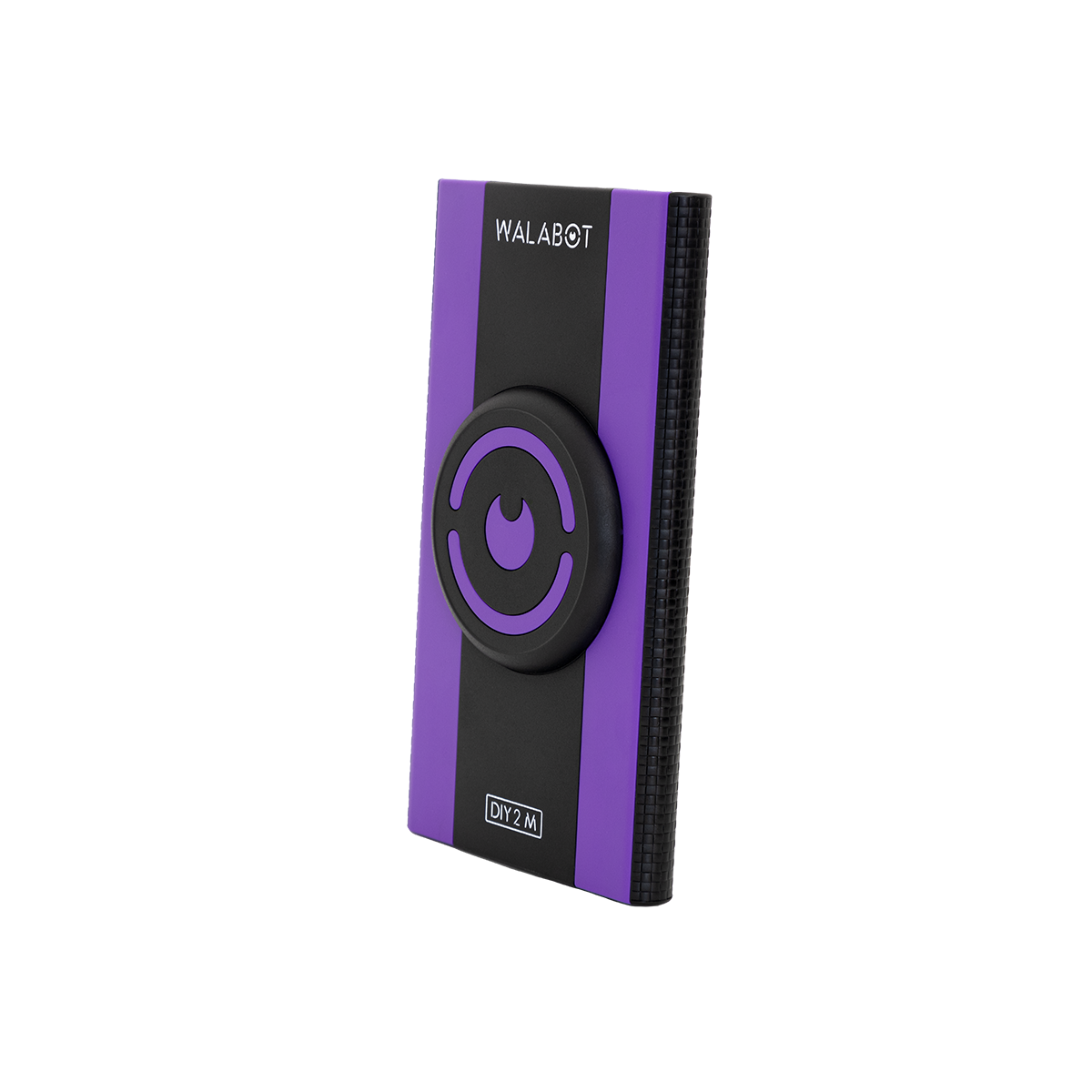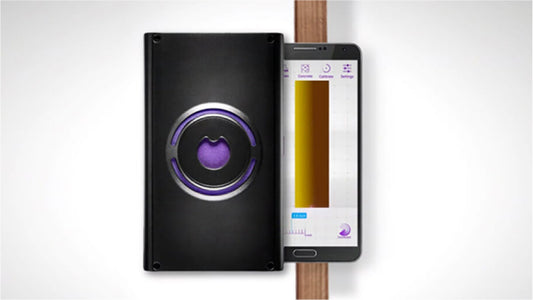Stud finders are essential tools for anyone involved in DIY projects or construction work. They help locate studs, pipes, wires, and other objects hidden inside drywall, ensuring that you can safely and accurately complete your tasks. One popular stud finder on the market is the Walabot DIY 2 Deluxe Bundle, based on Vayyar's innovative radar-on-chip technology.

The importance of accuracy in stud finders
Understanding the importance of accuracy in stud finders is crucial for both novice DIY enthusiasts and professionals. Stud finders, such as the Walabot DIY series, are designed to locate studs, pipes, wires, and other objects within walls. The accuracy of these devices ensures that users can confidently drill, hang shelves, or perform other tasks without damaging the structure or hitting any hidden objects. With advanced sensing technology, as in Walabot devices, users can rely on accurate readings to identify the exact location of studs and other objects up to 4 inches deep in drywall. This level of precision saves time, effort, and potential costly repairs, making accuracy a key factor in choosing a reliable stud finder.

Factors affecting the accuracy of stud finders
The thickness and composition of the wall can affect the depth at which the stud finder can detect objects. Additionally, the presence of other materials, such as insulation or metal studs, can interfere with the accuracy of the stud finder. The quality and calibration of the stud finder itself also play a role in its accuracy. Factors such as sensor technology, scanning modes, and user interface can impact the reliability of the readings. Finally, user technique and experience can affect the accuracy of stud finders. Proper positioning, movement, and interpretation of the readings are crucial for obtaining accurate results. Overall, understanding these factors can help users make informed decisions when using stud finders and improve their accuracy in locating objects behind walls.
Tips for using stud finders effectively
Stud finders are essential tools for anyone involved in DIY projects or construction work. Here are some tips to help you use stud finders effectively:
- Familiarize yourself with the stud finder: Before using a stud finder, read the user manual and understand its features and functions. This will ensure that you use it correctly and get accurate results.
- Choose the right mode: Most stud finders have different scanning modes, such as stud, metal, and AC wire detection. Select the appropriate mode based on the type of material you are scanning for to avoid false readings.
- Calibrate the stud finder: Before starting, calibrate the stud finder according to the manufacturer's instructions. This step is crucial for accurate detection and reliable results.
- Start from the edge: When scanning a wall, start from one edge and move slowly in a straight line. This will help you locate the edges of the studs and determine their spacing.
- Pay attention to the signals: Stud finders usually provide visual and audible signals when a stud is detected. Learn to interpret these signals to identify the exact location of the stud.
- Mark the stud locations: Once you locate a stud, mark its position on the wall using a pencil or tape. This will make it easier for you to reference the stud locations when needed.
- Verify the findings: After detecting a stud, it's a good practice to verify its location by drilling a small pilot hole. This will ensure that you have accurately identified the stud before proceeding with any construction work.
By following these tips, you can use stud finders effectively and confidently locate studs, wires, and other objects inside walls. Remember to always prioritize safety and double-check your findings to ensure accurate results.
Built-in apps vs external tools such as Walabot
When it comes to finding studs in walls, there are two main options: using external tools or relying on built-in apps. Walabot DIY devices use radio frequency technology to locate studs, stud centers, pipes, wires, and even pests up to 4 inches deep in drywall. On the other hand, built-in apps on smartphones can also be used as stud finders. While they may not have the same advanced features as external tools, they can still provide basic stud detection capabilities. Ultimately, the choice between external tools and built-in apps depends on the user's needs and preferences.




